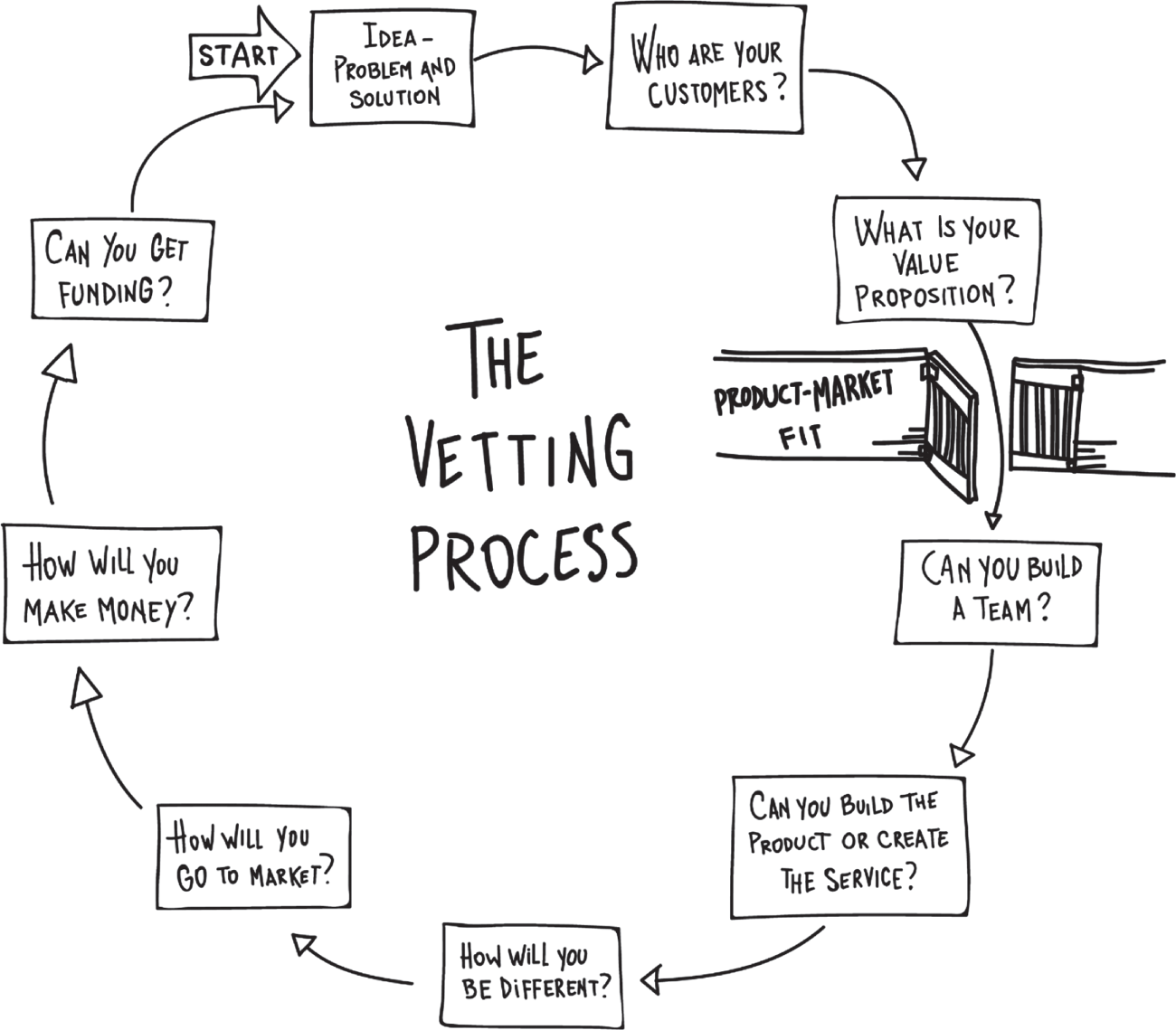Chapter 7Product-Market Fit

Several years ago, I (Will) was an investor and board member in Zipix. Zipix was a startup founded by a small team with a lot of business and technology experience. The company's core technology was in optimizing images and doing it in such an efficient manner that many images could be reduced in size by up to 50 percent and, more importantly, Zipix's algorithms ran fast and efficiently on any mobile device. This allowed cheaper phones to quickly process photos with less memory, a cheaper processor, and lower battery power. Who wouldn't want all that?
The company was founded with an early working prototype of the technology. So, it had the product. In determining if there was a market, the company realized that since it wasn't actually capturing the images, just processing them, we would have to partner with the providers of the photo app functionality on the device. At the time, we thought the best avenue was to work with the cell carriers (think AT&T, Verizon, Sprint, etc.). I know, right? This sounds ridiculous now, and it was then too.
What the company missed, myself included, was that the carriers are driven by a much different set of market criteria than the phone manufacturers. So, while we felt that Zipix was a clear win for the users of mobile devices, our customer and, therefore, our market was, in reality, the carriers.
The carriers liked ...
Get The Startup Playbook, 2nd Edition now with the O’Reilly learning platform.
O’Reilly members experience books, live events, courses curated by job role, and more from O’Reilly and nearly 200 top publishers.

